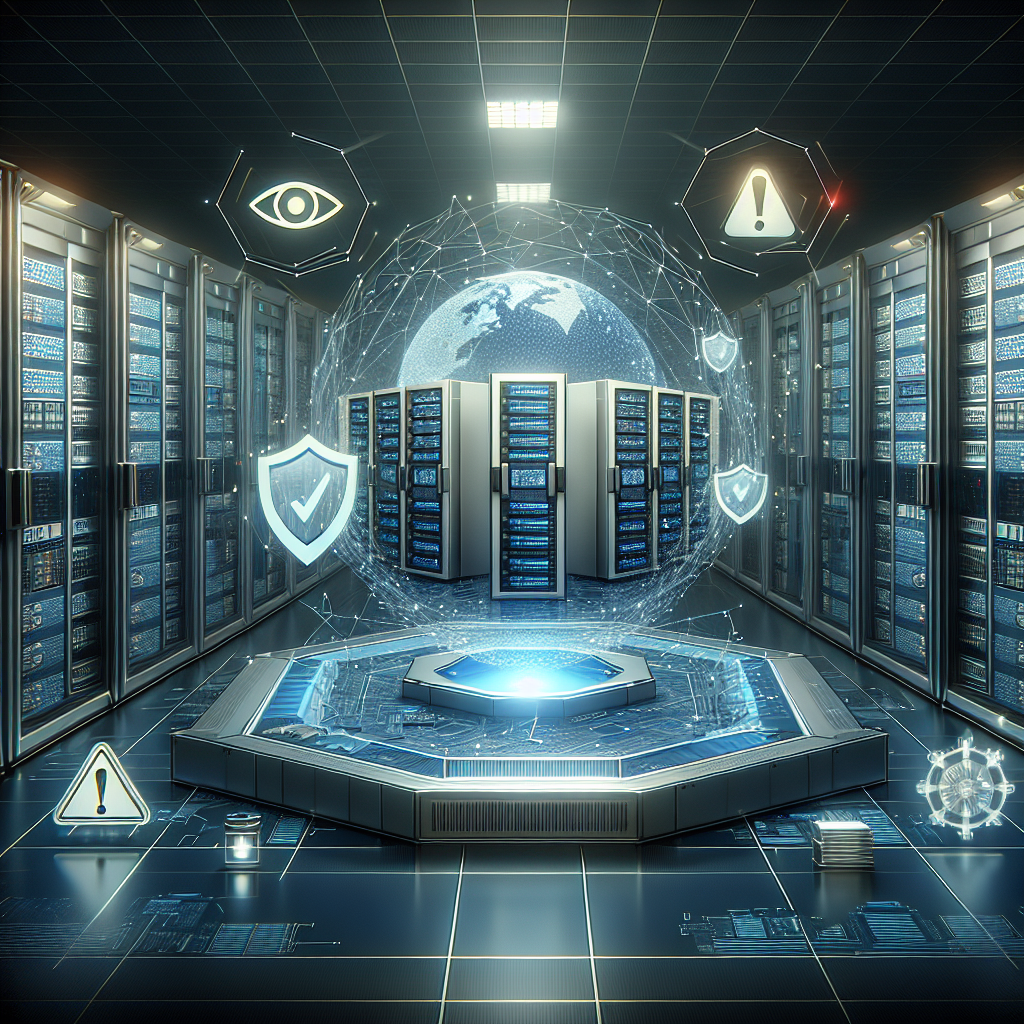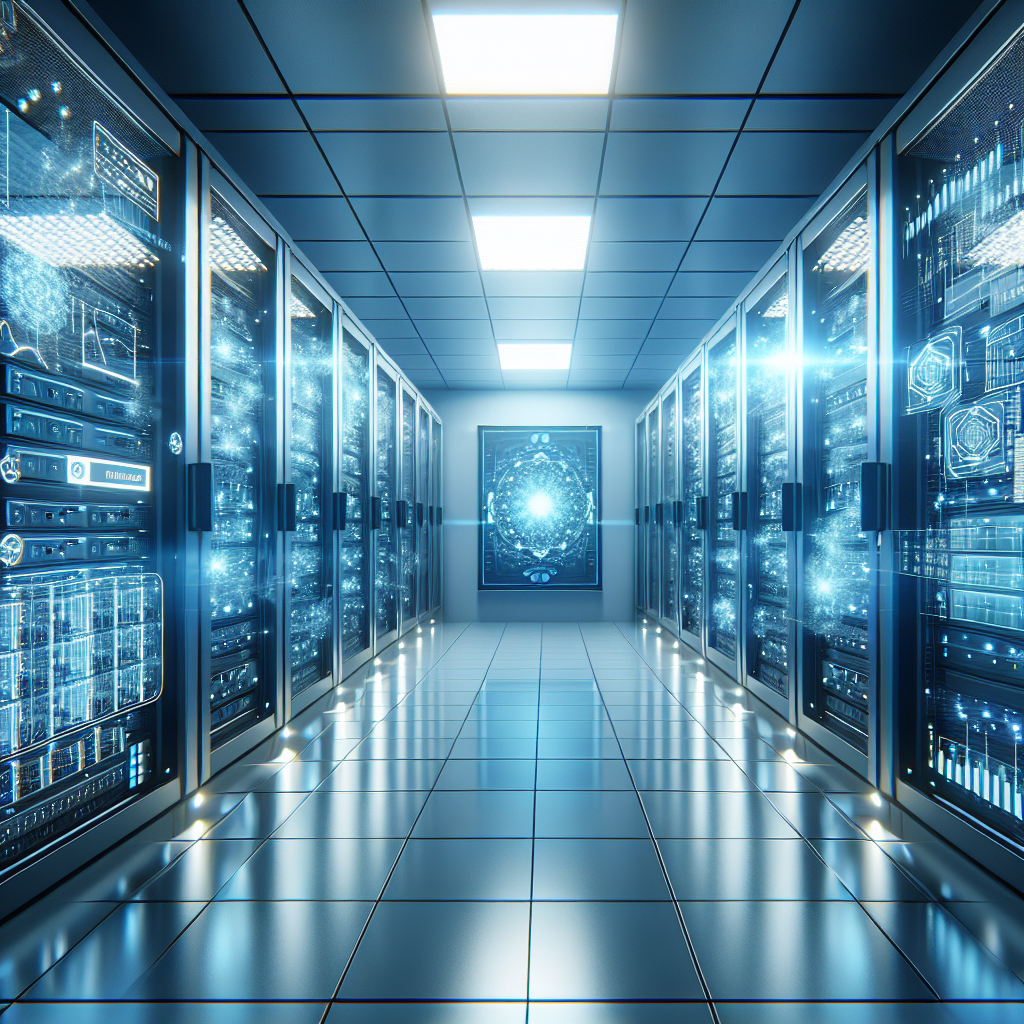Data centers play a critical role in today’s digital world, serving as the backbone for businesses to store, manage, and process data. With the increasing reliance on data centers, any downtime can result in significant disruptions and financial losses for organizations. This is where monitoring and alerting systems come into play, as they play a crucial role in preventing data center downtime.
Monitoring systems continuously track the performance and health of a data center’s infrastructure, including servers, storage devices, networking equipment, and applications. By collecting real-time data on various metrics such as temperature, power usage, CPU utilization, and network traffic, monitoring systems can identify potential issues before they escalate into critical problems.
Alerting systems complement monitoring tools by sending notifications to IT teams or administrators when predefined thresholds are exceeded or anomalies are detected. This proactive approach allows organizations to address issues promptly and prevent downtime before it impacts business operations.
The importance of monitoring and alerting systems in preventing data center downtime cannot be overstated. Here are some key reasons why these systems are essential:
1. Early detection of issues: Monitoring systems provide real-time visibility into the performance of data center components. By analyzing trends and patterns, administrators can identify potential problems before they cause downtime. Alerting systems then notify IT teams so that they can take immediate action to resolve the issue.
2. Improved troubleshooting: When issues occur, monitoring systems provide valuable data that can help IT teams diagnose the root cause of the problem quickly. This information enables administrators to troubleshoot efficiently and minimize the impact on data center operations.
3. Preventing cascading failures: In a complex data center environment, a single failure can trigger a chain reaction of problems that lead to downtime. Monitoring and alerting systems help prevent cascading failures by detecting issues early and allowing IT teams to address them before they escalate.
4. Compliance and security: Monitoring systems are essential for ensuring compliance with industry regulations and maintaining data security. By monitoring critical infrastructure components, organizations can detect unauthorized access, unusual activity, and potential security breaches before they compromise data center operations.
5. Cost savings: Downtime can be costly for businesses, resulting in lost revenue, damaged reputation, and decreased productivity. By investing in monitoring and alerting systems, organizations can proactively prevent downtime and minimize the financial impact of outages.
In conclusion, monitoring and alerting systems are essential components of a robust data center strategy. By providing real-time visibility, early detection of issues, and proactive alerting capabilities, these systems play a crucial role in preventing downtime and ensuring the continuous operation of data center infrastructure. Organizations that prioritize monitoring and alerting systems can improve reliability, security, and efficiency, ultimately benefiting from reduced downtime and increased business continuity.


